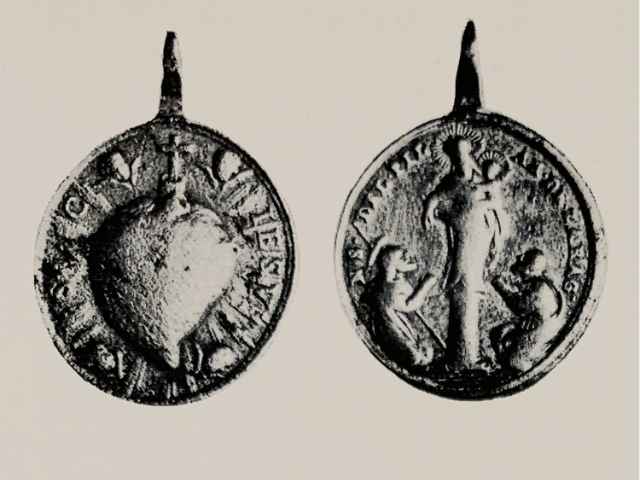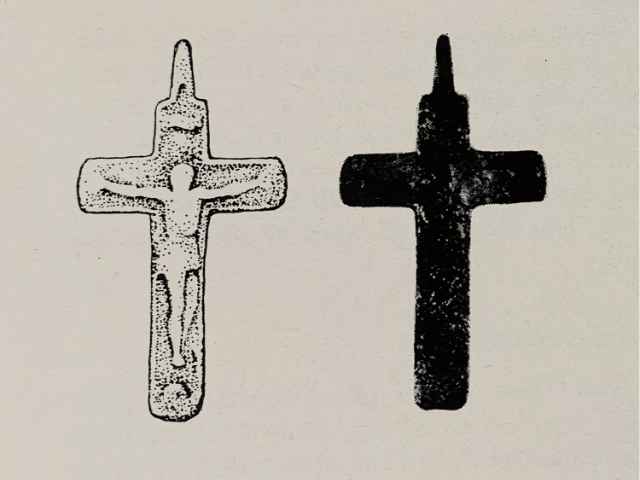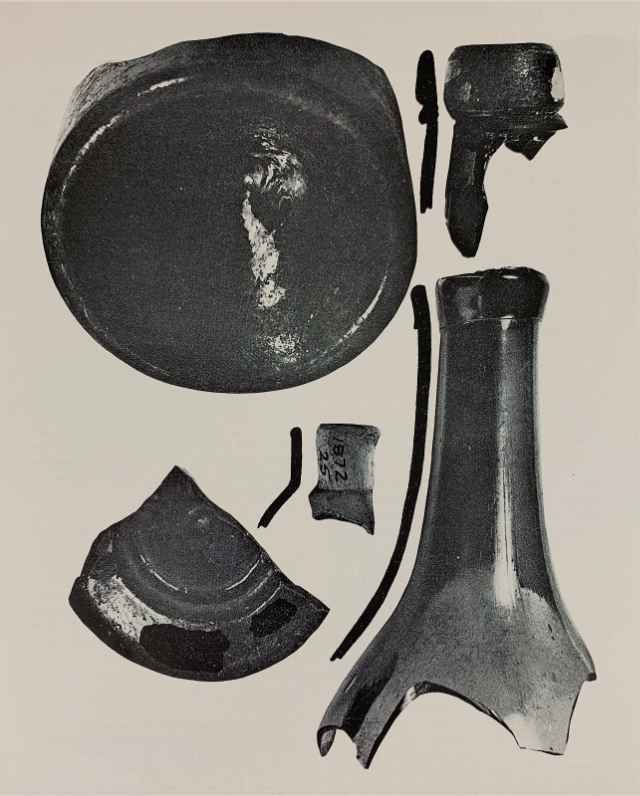Spreading the Faith
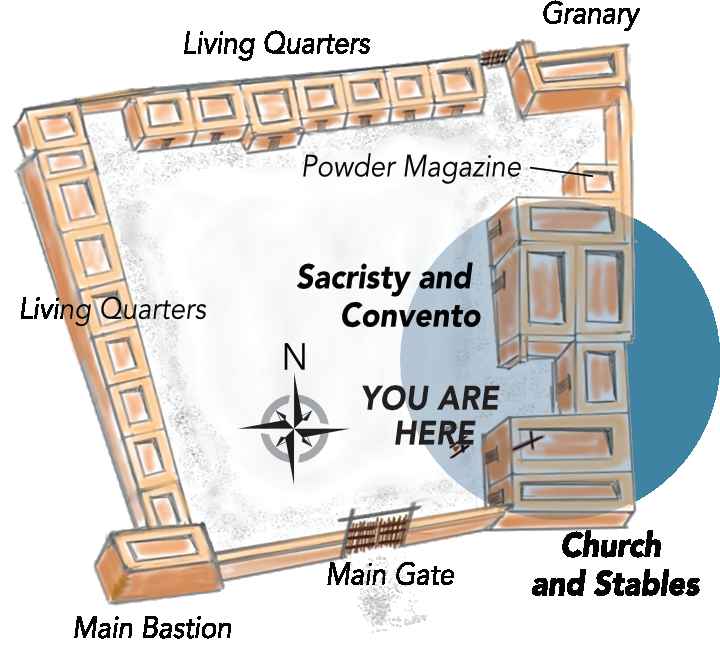
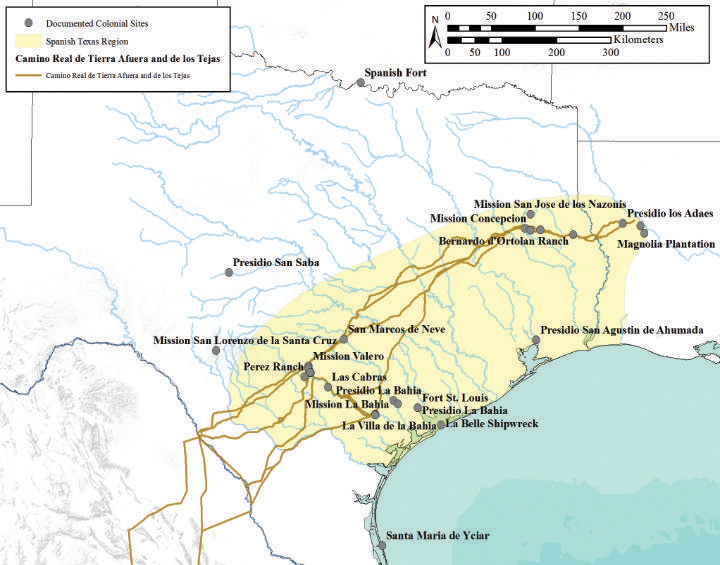
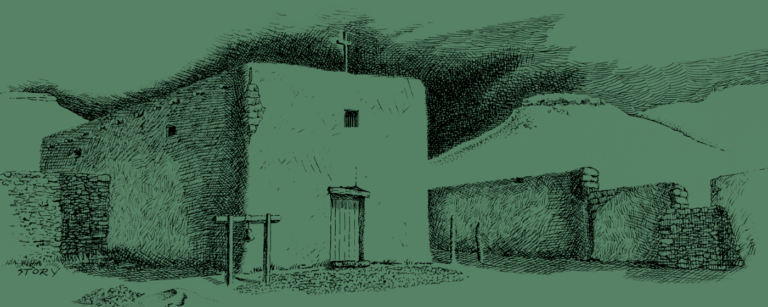


Made from adobe, the church had interior plastered walls painted white with red designs. An adobe floor and roof constructed of vigas (heavy wooden beams) completed the church’s construction. The buildings to the north included a sacristy for storing priestly vestments, communal wine, and church furnishings, and the convento (living quarters) for the missionaries.
The missionaries oversaw the instruction of new converts, said mass, and guided spiritual affairs. The friars arose daily at sunrise and rang the church bell for mass. In the afternoons and evenings the bell was rung again for prayers. From their convento, the friars wrote letters, recorded religious events, and enjoyed a cup of hot chocolate or a glass of wine.
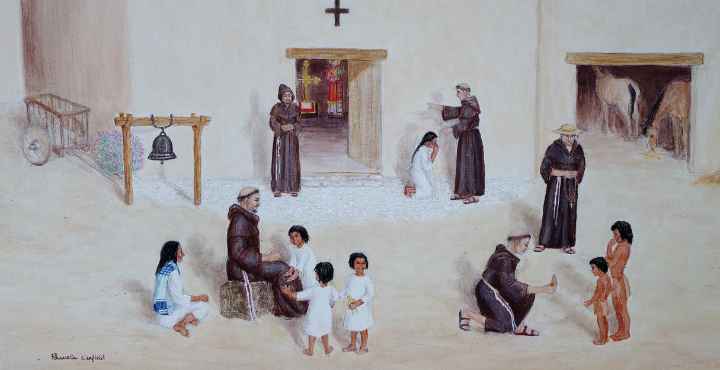
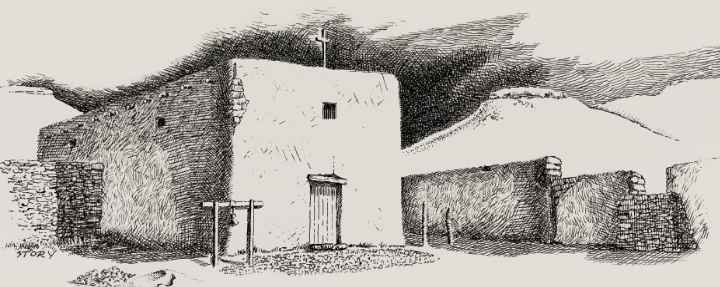
Sketch of the church and main gate wall based on archaeological findings.
